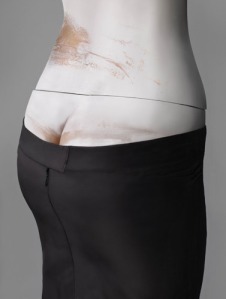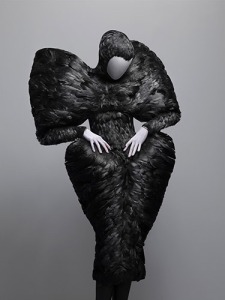Today, I spent an hour to watch people in Starbucks in the morning. I found three people that interested me a lot.
The first guy was sitting next me. He focused on his own computer doing layout stuff. I noticed there were no drinks and foods on his table, and his computer was not very clean. I could see finger points on the computer screen. He wore a Duck T-shirt and black pant. I didn’t look at his face very clearly because I think it was weird and rude to stare at someone sitting next to me. He had an old backpack that I couldn’t tell what brand it was. He was a student at UO for sure. Also, I guess he is majoring in Journalism or Digital Art because he was doing layout by using Adobe Indesign (I am advertising major). He might not have too much money. As I said, it seemed that he didn’t buy anything in Starbucks. I guess he just needed the free Wi-Fi. I could feel he was in a serious mood from the sound of his typing. He should be very busy to do his schoolwork. Otherwise, he was a kind of lazy person because he rarely cleaned his computer screen.
The second person was an old lady sitting in front of me. I could watch her face very clearly because she was focusing on reading her book. What’s the book’s title? I didn’t saw it, but it was a very small one and easy to carry on. The old lady had a white curly hair. She wore a pair of small glasses. Her face looked very happy and relaxed. Her long dress was dark blue, and her blazer was black. She looked very decent when she read her book. I noticed she didn’t bring a handbag or any other stuff. I think she is a well-educated person from her personal interest to reading. Also, she should have some taste of beauty because I saw her hair style and clothes colors were matched each other nicely. This lady might not be a very socialized person, and she might like a quite life style. I really wanted to know what book she read. If I knew that, I probably can figure out her cultural background and knowledge level.
The last person was someone out of the box. He was laughing to his friends. I didn’t know what made him so happy. He is a student at UO because I saw his textbook. We are the same major, advertising. But, he looks older than other students. He has a golden curly hair that is longer than normal boys’ hair. Oh, why does he look older? He has mustache. Although he looks older, he is still a fashion guy. I saw he wore earrings and rings. The most interesting part is he has tattoo on both his arms. I have not seen that kind of colorful tattoos before. The tattoos were filled with his whole arms. I believe the person who has tattoos must have his or her own story. In my opinion, tattoo is a symbol of one’s persona. It relates to race, religion, cultural background and personal experience or belief. From his colorful tattoos, I guess he has very unique personal interest relates to art and religion. However, I couldn’t understand the meaning of the shapes and lines on his arms.


